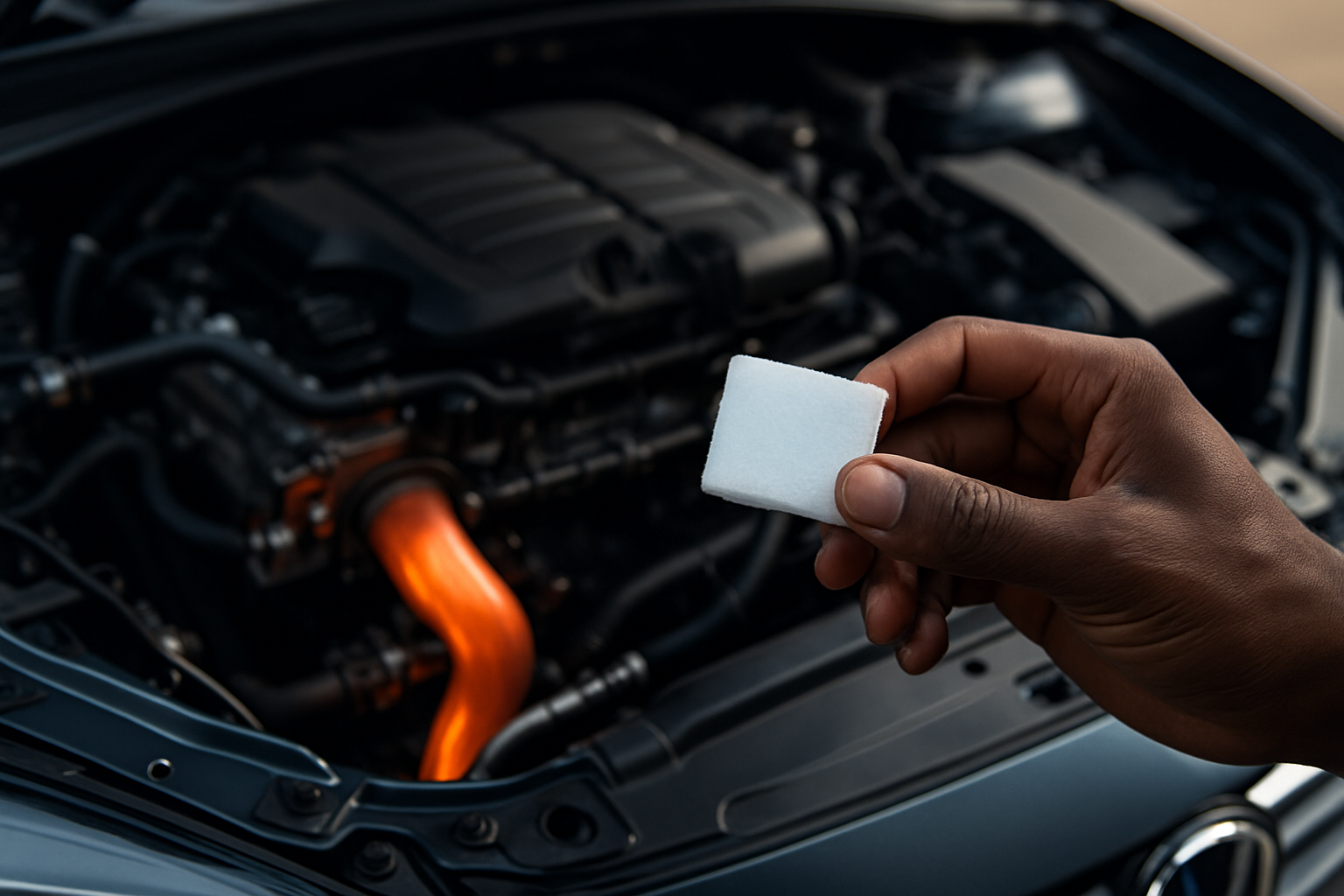7 Quick Fixes That Boost Your Trade-In Value Fast
Most drivers lose hundreds at trade-in without realizing it. Tiny, easy-to-fix issues quietly drop your car’s value. The good news? You can fix them quickly—if you know where to look. Here are the simple but critical checks dealers secretly use to judge your car’s worth.

When preparing to exchange your current vehicle for a new one, understanding what influences dealer evaluations can make a substantial difference in your final offer. Most assessments focus on condition, functionality, and presentation. Small investments in time and minor repairs often yield returns that far exceed their cost. The following strategies address the most impactful areas that dealers examine during their evaluation process.
What Should Be on Your Preparation Checklist?
A systematic approach ensures you address all critical areas before your appraisal. Start by gathering all maintenance records, as documented service history demonstrates responsible ownership and can justify a higher valuation. Next, inspect your vehicle’s exterior for minor damage like small dents, scratches, or paint chips that can be inexpensively repaired. Check all lights, signals, and wipers to ensure they function properly. Inside the cabin, remove all personal items and thoroughly clean every surface. Address any warning lights on the dashboard, as these immediately signal potential problems to evaluators. Finally, ensure your tires have adequate tread depth and proper inflation, as worn tires often become negotiation points that reduce offers.
Which Maintenance Tasks Provide the Best Return?
Focusing on visible and functional improvements delivers the strongest results. Begin with a professional detailing service, which typically costs between $100 and $300 but can increase perceived value by several hundred dollars. Replace worn wiper blades, burned-out bulbs, and frayed floor mats, as these inexpensive items signal neglect when damaged. If your vehicle is due for an oil change, complete it before the appraisal and keep the receipt. Address any fluid leaks immediately, as stains under the vehicle raise red flags during inspections. For vehicles with minor cosmetic damage, paintless dent removal services often cost $75 to $150 per panel but eliminate visual flaws that disproportionately affect valuations. Touch-up paint for small scratches costs under $20 and takes minimal time to apply. These targeted fixes demonstrate care without requiring major expenditures.
How Do Professionals Evaluate Your Vehicle?
Dealerships follow structured assessment protocols that examine specific components and conditions. Evaluators typically start with a visual walk-around, noting exterior damage, paint condition, and tire wear. They then inspect the interior for stains, odors, tears, and functionality of features like power windows and climate controls. Under the hood, they check fluid levels, look for leaks, and assess engine cleanliness. A test drive reveals mechanical issues, unusual noises, and transmission performance. Many dealers use industry guides and auction data to establish baseline values, then adjust based on condition, mileage, and market demand. Understanding this process helps you prioritize improvements that directly address evaluation criteria. Vehicles with complete service records, clean interiors, and no mechanical warnings consistently receive higher offers than comparable models lacking these qualities.
What Common Mistakes Reduce Your Offer?
Several avoidable errors consistently diminish values during evaluations. Neglecting basic cleaning is the most frequent mistake, as dirty vehicles create negative first impressions that influence the entire assessment. Failing to address check engine lights or other dashboard warnings signals deferred maintenance and often results in significant deductions. Leaving personal items, trash, or strong odors in the vehicle suggests poor care. Waiting until tires are completely worn before attempting an exchange forces dealers to factor replacement costs into their offers. Ignoring minor cosmetic damage that could be inexpensively repaired allows evaluators to use these flaws as negotiation leverage. Additionally, being unprepared to document maintenance history raises questions about how the vehicle was maintained. Each of these issues independently reduces offers, and their combined effect can be substantial.
How Can You Maximize Your Final Offer?
Beyond physical improvements, strategic preparation enhances your negotiating position. Research your vehicle’s current market value using multiple online valuation tools to establish realistic expectations. Obtain quotes from several dealerships, as offers can vary significantly based on inventory needs and regional demand. Time your exchange strategically when possible, as certain models command higher values during specific seasons. Present your vehicle during daylight hours when lighting best showcases its condition. Be honest about known issues rather than allowing evaluators to discover them, as transparency builds trust and can lead to more favorable negotiations. Compile all documentation including title, registration, warranty information, and service records in an organized folder. This professionalism reinforces the care you’ve invested in the vehicle. Finally, address any outstanding recalls before your appraisal, as unresolved safety issues can complicate or delay transactions.
What Quick Repairs Deliver Immediate Results?
Certain fixes provide disproportionate returns relative to their cost and effort. Replacing cabin and engine air filters costs $20 to $50 combined and takes minutes, yet demonstrates recent maintenance. Cleaning or replacing battery terminals eliminates starting concerns that evaluators notice immediately. Buffing out light scratches with compound costs under $15 and significantly improves appearance. Shampooing carpets and upholstery removes stains and odors that otherwise reduce offers by hundreds of dollars. Replacing missing trim pieces or broken clips, often available for under $30, eliminates the cheap appearance that damaged components create. For vehicles with foggy headlights, restoration kits costing $20 to $30 dramatically improve front-end appearance and suggest better overall care. These targeted improvements require minimal investment but address specific evaluation criteria that directly influence offers.
Conclusion
Maximizing your vehicle’s exchange value requires understanding dealer assessment processes and strategically addressing key evaluation criteria. The most effective approach combines thorough cleaning, minor repairs, complete documentation, and honest presentation. While not every vehicle will see dramatic increases, most owners can expect several hundred dollars in additional value by implementing these strategies. The time and modest expense invested in preparation consistently delivers returns that justify the effort, ensuring you receive fair compensation when transitioning to your next vehicle.




